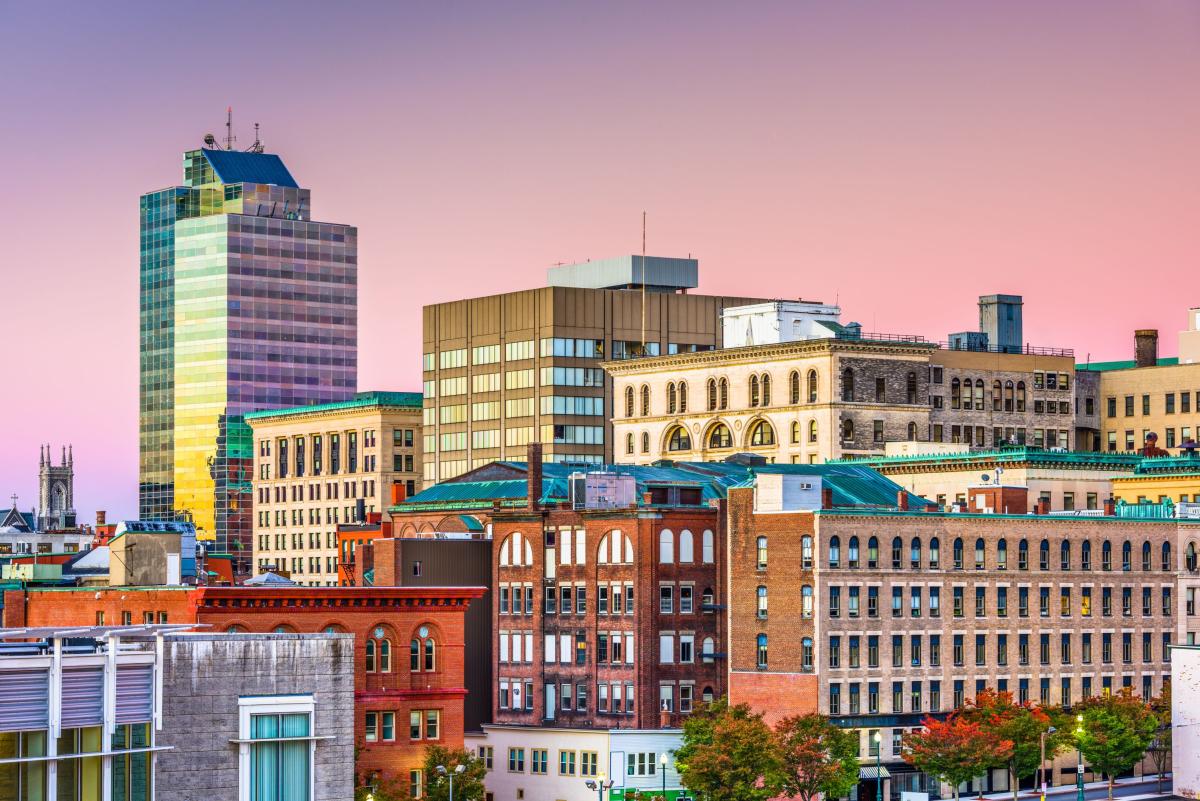
Worcester, Massachusetts, is a city steeped in history and brimming with urban development. As the second-largest city in New England, Worcester has undergone significant transformations, shaping its landscape and fostering a vibrant community. From its rich industrial heritage to its modern revitalization efforts, Worcester's urban development tells a compelling story of progress and innovation.
In this article, we'll delve into nine fascinating facts about urban development in Worcester, shedding light on the city's evolution, architectural landmarks, and initiatives that have propelled its growth. From the bustling downtown district to the rejuvenation of historic neighborhoods, Worcester's urban fabric reflects a dynamic tapestry of change and continuity. Join us as we explore the captivating journey of urban development in Worcester, Massachusetts, and uncover the remarkable facets that have contributed to its identity as a thriving urban center.
Key Takeaways:
- Worcester, Massachusetts embraces diverse architecture and sustainable urban development, creating vibrant and inclusive spaces for residents and visitors alike.
- The city’s urban development prioritizes economic vitality and community-centric design, fostering a dynamic and resilient urban landscape that continues to evolve in response to changing needs.
The Worcester Common Historic District is a Testament to the City's Rich History
The Worcester Common Historic District, encompassing the Worcester Common and surrounding architectural gems, stands as a testament to the city's rich history. This vibrant area has witnessed significant urban development over the years, evolving into a hub of civic and cultural activities.
The Worcester Redevelopment Authority Plays a Pivotal Role in Urban Development
The Worcester Redevelopment Authority (WRA) plays a pivotal role in steering urban development initiatives within the city. Through strategic planning and community engagement, the WRA contributes to the revitalization of key areas, fostering economic growth and enhancing the urban landscape.
The Canal District Embodies a Thriving Urban Revitalization Effort
The Canal District, with its charming blend of historic architecture and modern amenities, embodies a thriving urban revitalization effort. This dynamic neighborhood has undergone remarkable transformation, emerging as a vibrant destination for dining, entertainment, and community gatherings.
Worcester's Urban Development Showcases a Diverse Architectural Heritage
Worcester's urban development showcases a diverse architectural heritage, ranging from stately Victorian homes to sleek contemporary structures. This eclectic mix reflects the city's evolution and the preservation of its architectural legacy amid modern urban planning.
The City's Urban Development Efforts Focus on Sustainable Practices
Worcester's urban development efforts prioritize sustainable practices, emphasizing green spaces, energy-efficient design, and eco-friendly infrastructure. This commitment to sustainability underscores the city's forward-looking approach to urban planning and development.
The Worcester Regional Transit Authority Enhances Urban Connectivity
The Worcester Regional Transit Authority (WRTA) plays a pivotal role in enhancing urban connectivity, providing vital transportation services that link diverse neighborhoods and bolster accessibility within the city. This concerted effort contributes to a more integrated and dynamic urban landscape.
Urban Development in Worcester Embraces Community-Centric Design
Urban development in Worcester embraces community-centric design, fostering inclusive spaces that cater to the diverse needs of residents and visitors alike. This people-oriented approach underscores the city's commitment to creating vibrant, livable urban environments.
The City's Urban Development Efforts Promote Economic Vitality
Worcester's urban development efforts are geared towards promoting economic vitality, nurturing a conducive environment for businesses to thrive and for entrepreneurial ventures to flourish. This strategic focus contributes to the city's economic resilience and long-term sustainability.
Worcester's Urban Development Continues to Evolve in Response to Changing Needs
Worcester's urban development continues to evolve in response to changing needs, harnessing innovation and adaptive strategies to shape a dynamic urban landscape that reflects the aspirations of its residents and the demands of a rapidly evolving world.
Worcester, Massachusetts, stands as a compelling testament to the dynamic interplay between history, culture, and urban development. As the city continues to chart its course towards the future, its commitment to sustainable growth, community engagement, and economic vitality paves the way for a vibrant and inclusive urban landscape.
Conclusion
In conclusion, Worcester, Massachusetts, stands as a testament to the dynamic nature of urban development. From its rich historical legacy to its modern revitalization efforts, Worcester exemplifies the potential for growth and progress within an urban landscape. As the city continues to evolve, it remains a compelling example of how urban development can blend the old with the new, preserving heritage while embracing innovation. With its diverse cultural tapestry and ongoing initiatives, Worcester is poised to carve out an even more vibrant and sustainable future for its residents and visitors alike.
FAQs
What are some notable historical landmarks in Worcester, Massachusetts?Worcester boasts several significant historical landmarks, including the Worcester Art Museum, Union Station, and Mechanics Hall, each offering a glimpse into the city's rich past and architectural heritage.
How is Worcester addressing sustainability in its urban development initiatives?Worcester has implemented various sustainability measures, such as promoting green spaces, enhancing public transportation, and fostering eco-friendly urban planning to ensure a more sustainable and environmentally conscious future for the city.
Was this page helpful?
Our commitment to delivering trustworthy and engaging content is at the heart of what we do. Each fact on our site is contributed by real users like you, bringing a wealth of diverse insights and information. To ensure the highest standards of accuracy and reliability, our dedicated editors meticulously review each submission. This process guarantees that the facts we share are not only fascinating but also credible. Trust in our commitment to quality and authenticity as you explore and learn with us.
